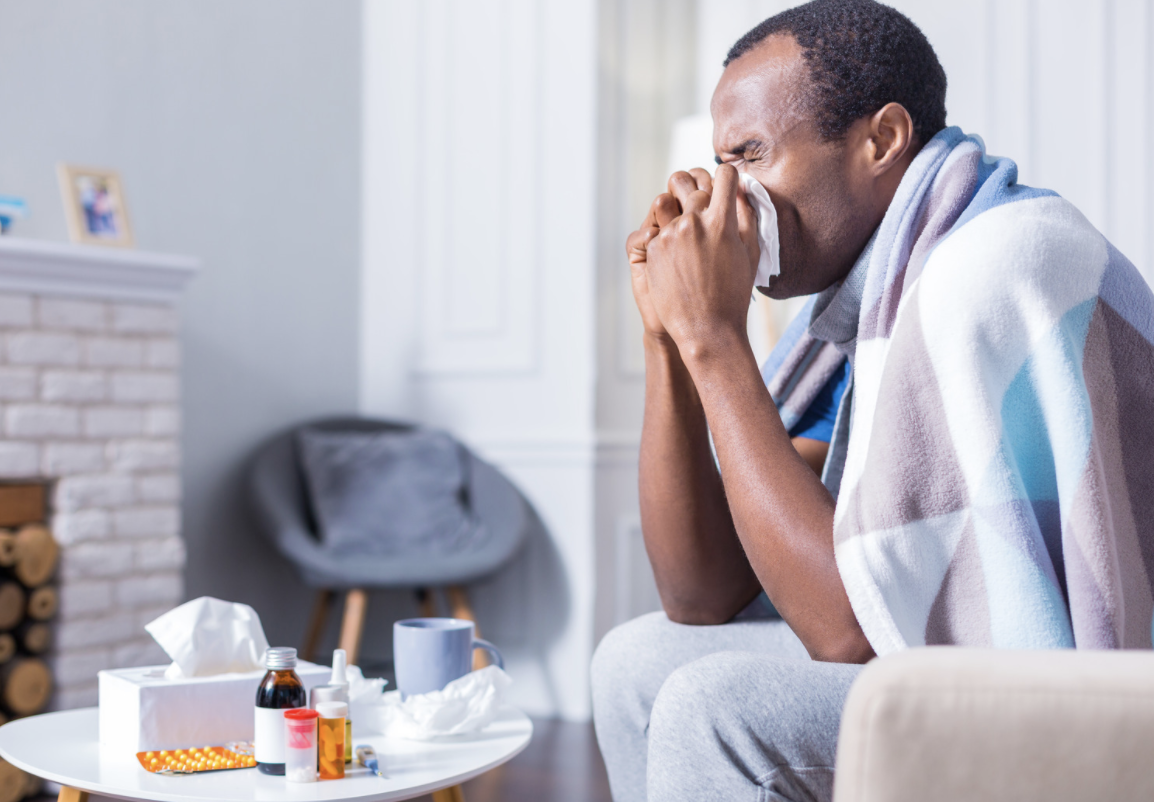Going Viral: The Coming “Twindemic” Of COVID And Flu
September 30, 2020

The hope was we’d be in a better place at this point. Early on in the COVID pandemic, there was always the worry that if we didn’t get the virus under control during the summer, we could face the potential of 2 viral threats at once: COVID 19 along with seasonal influenza starting in the Fall. Well, you likely know how this has turned out. The coronavirus has not been contained (with over 200,000 deaths, we are seeing cases begin to rise again in spots around the country) and the flu season will begin again shortly. That leaves us as a country in a precarious state: In non-pandemic years, the flu still leads to the hospitalization of up to 800,000 people across the country and causes up to 60,000 deaths each year. So what may happen this year given that both viral threats may face us?
First and perhaps foremost: Get your flu shot now. Experts suggest that you should be inoculated no later than the end of October, which means you have just a few weeks before you begin to court risk. And while the chances of you becoming sick from both COVID and flu at the same time are small, there is concern that pressure on the health care system from simultaneous flu and COVID outbreaks will be dangerous, especially for hospitals. Furthermore, it will be critical that if you become ill, you should be tested for COVID, since flu and COVID are treated differently with different strategies and concerns about infection spread. Some experts even believe that the flu vaccine may be associated with lower COVID mortality. And just to underscore the value of the flu shot, new research has emerged that reports strong evidence linking severe flu with sudden and serious heart complications.
While this year’s flu season in the Southern Hemisphere was much milder than usual (perhaps due to many of the public health recommendations in place to minimize the spread of COVID), there is concern that by now many of us are becoming fatigued with our mask-wearing, hand washing, and social distancing, so there’s no guarantee that same pattern will happen in the Northern Hemisphere. And if by chance you are hit with this “twindemic” the chances of more severe symptoms, as a result, will be greater.
So what happens if you begin to feel feverish and have respiratory problems? Flu or COVID? Many of the same symptoms can arise with both viral infections, including body aches, sore throats, fever, cough, and shortness of breath. Experts suggest that flu symptoms typically come on more quickly after infection than coronavirus symptoms, but you may need to get a test to be sure. And of course, treatment options and concerns about viral spread are quite different for each. The Guardian recently published a valuable chart outlining the similarities and differences between a common cold, flu, and COVID infection. So if you find yourself shivering, fatigued, and hovering under a blanket, fix yourself some tea and check your symptoms here.







